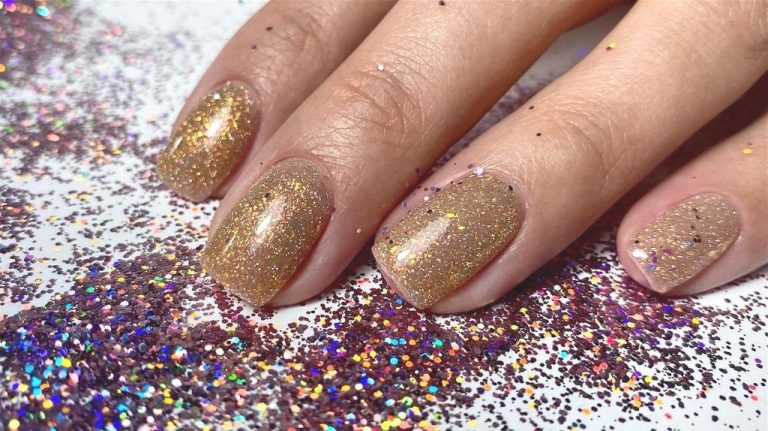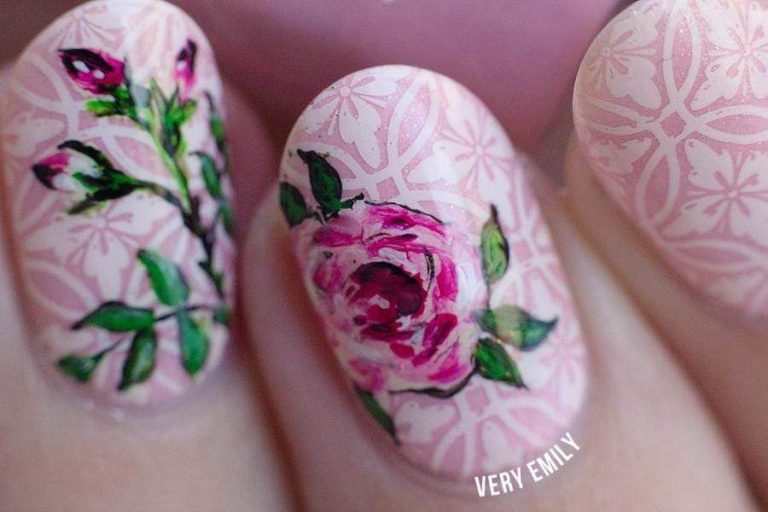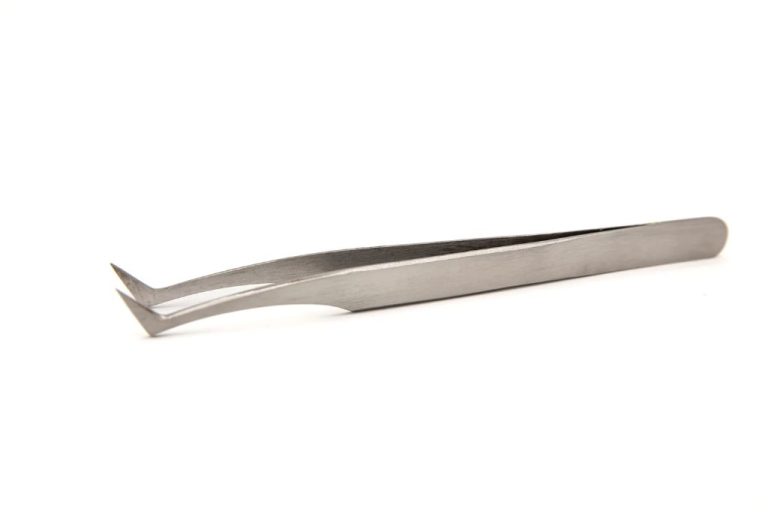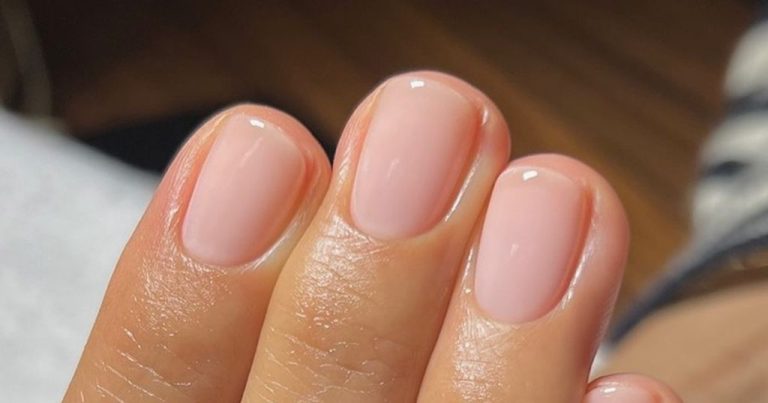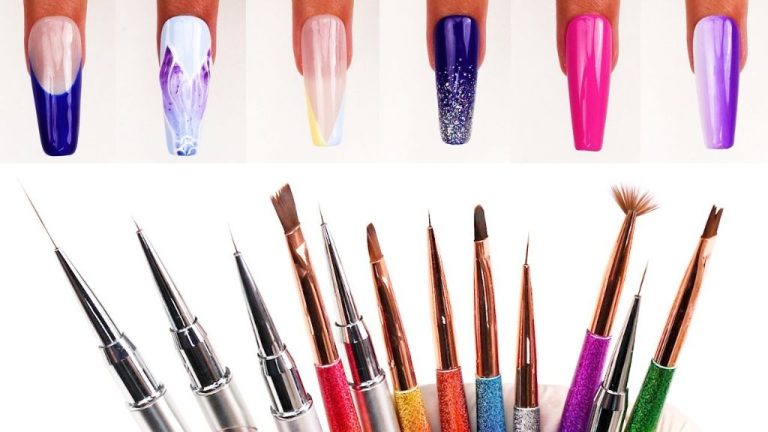Nail Tools For Beginners: Where To Start For Perfect Nails
This guide will outline the basic nail tools that every beginner needs to start their nail care journey. Having great looking nails isn’t difficult, but it does require some essential tools to get started. We’ll go over the main nail tool categories, explain what each tool does, and recommend starter options for achieving perfect nails as a beginner. The goal is to recommend high quality beginner tools that will provide everything needed for proper nail care and maintenance. With the right basics, anyone can learn how to take care of their nails properly at home.
Nail File
Nail files come in different grits, from fine/soft grits that gently shape nails to coarser grits for shortening and shaping. For beginners, a medium grit emery board between 100-180 grit is a safe bet as it smooths nails without being too abrasive. Look for a high-quality board made of actual emery, glass, or crystal rather than a cheaper paper file which can tear 1.
Proper filing technique is key for attractive, healthy nails. Always file in one direction starting from the outside corner towards the center. Use light, gentle strokes and avoid sawing back and forth which can damage the nail. File each nail into the desired shape before moving to the next. Finish by buffing in the opposite direction to smooth ridges.
For beginners, the Tweezerman Glass Nail File is an excellent option. The fine grit gently shapes nails while the smoother glass surface prevents ripping of thin or brittle nails. The durable, disinfectable glass will last longer than cheaper paper files.
Nail Clippers
Having a good pair of nail clippers is essential for proper nail care and maintenance. There are a few different types of nail clippers to choose from as a beginner:
– Standard nail clippers: These are the most common type and what most people use for clipping fingernails. They have slightly curved blades to follow the contour of the nail. Look for stainless steel construction for durability.
– Toenail clippers: These have straight, wider blades designed to tackle thicker toenails. The handles are often larger for more leverage when clipping.
– Heavy-duty nail clippers: Made for very thick or tough nails. The blades are usually larger and sturdier.
When using nail clippers, hold them at a slight angle so the blade aligns with the nail edge. Avoid cutting nails too short, which can lead to ingrown nails or bleeding. The best practice is to clip just beyond the fingertip, then use a file to smooth the edges. Be sure to disinfect clippers regularly.
For beginners, the Green Bell G-1008 nail clippers are an excellent choice with stainless steel blades, a comfortable grip, and an affordable price tag.
Cuticle Remover
Cuticles are the thin skin around the base of your nails that help protect the nail bed. Keeping cuticles pushed back and properly hydrated is important for neat and healthy-looking nails. Using a cuticle remover can help soften and gently exfoliate dead cuticle skin to reveal smooth nails.
Look for a cuticle remover made specifically for beginners that is gentle and non-abrasive. Avoid harsh ingredients like acids. A quality cuticle remover will hydrate and soften cuticles to allow for easy removal with an orange stick or towel. This helps prevent tearing or damage.
To use a cuticle remover: Apply a small amount around each nail and cuticle area and let it sit for the recommended time, usually 15-60 seconds. Then gently push back cuticles with an orange stick. Rinse thoroughly and apply cuticle oil or hand cream after to hydrate the nail area.
The Sally Hansen Instant Cuticle Remover Gel is a top choice that contains vitamin E and camellia oil to soften cuticles in just 15 seconds. Reviewers say it works quickly without irritation on sensitive skin.
Cuticle Nipper
A cuticle nipper is an important tool for neatly trimming excess cuticle skin around the nail. Unlike cuticle clippers which have straight blades, cuticle nippers have curved jaws to allow for precise control and shaping of the cuticle. While clippers can tear jagged edges, a quality nipper will provide clean cuts to prevent hangnails.
When using a cuticle nipper, you want to gently pinch off only the loose, excess cuticle tissue. Don’t aggressively dig into healthy cuticle or you may cause injury. It’s recommended to soften cuticles first by soaking in warm water. Then use the nipper at a 45 degree angle along the nail plate to snip off any ragged pieces. Avoid cutting the eponychium (live skin behind the cuticle) which can lead to infection.
For beginners, the Sally Hansen Classic Cuticle Nipper + Pusher is a top choice featuring a spring handle and sharp stainless steel blades. The controlled, easy grip makes precision cutting simple for amateurs. Reviewers praise the comfortable design and sharp cutting edge that trims cuticles cleanly without pinching skin. This reasonably priced nipper will help perfect neat nails.
Nail Buffer
A nail buffer is an important tool for smoothing and shining the nails. Buffing helps even out ridges and imperfections in the nail surface for a nice polished look. There are different grits of nail buffers, from coarse to extra fine, that are used for different purposes:
- Coarse buffers (180-220 grit) are used for shaping the nails and removing length
- Medium buffers (240-280 grit) smooth ridges and small imperfections
- Fine buffers (320-400 grit) refine the surface for a natural shine
- Extra fine buffers (500-800 grit) buff the nails to a glossy finish
Using a nail buffer has many benefits for the nails. It evens out the nail plate for a smooth appearance. Buffing also helps seal the cuticles to prevent cracking and peeling. In addition, regular buffing can strengthen nails and stimulate growth. Always remember to buff nails in one direction to avoid damaging the nail.
For beginners, a 4-way buffer block with different grits is a great starter tool. The Sally Hansen Extra Strength All-in-One Nail Buffer is top-rated for its easy use and ability to shape, smooth, shine, and strengthen nails.
Base and Top Coat
Base and top coats are essential products for anyone who wants to have beautiful, long-lasting manicures. A base coat is applied first before nail polish. It helps the polish adhere to the nail and prevents staining. Top coat goes on last to help seal and protect the color. Using a good base and top coat ensures your manicure will look fresh for many days.
When choosing base and top coats, look for strengthening ingredients like calcium, vitamins, and proteins. These help build strong, healthy nails that resist chipping and peeling. Some popular strengthening ingredients are keratin, silk fibres, biotin, and bamboo extract (Source 1). Applying your base coat neatly and allowing it to dry before adding color is also important for longevity.
For beginners, many recommend starting with a ridge filling base coat to smooth out the nail surface. Top coat with a quick dry formula to prevent smudging. Orly Bonder base coat and Seche Vite top coat are excellent drugstore choices recommended by experienced nail polish users (Source 2). Investing in a high-quality base and top coat will elevate DIY manicures and help you get more wear between salon visits.
Cuticle Oil
Cuticle oil is an essential nail care product for any beginner kit. Regularly applying cuticle oil nourishes the nails and cuticles to promote healthy growth. Oils like vitamin E, jojoba, and mango butter provide hydration to prevent dry, cracked cuticles (Source). Massaging cuticle oil into the nail and cuticle area is key – gently push back cuticles and work the oil around the nail bed for full absorption.
For beginners, we recommend a budget-friendly drugstore cuticle oil like Sally Hansen Vitamin E Nail & Cuticle Oil. This popular oil contains vitamin E to deeply moisturize cuticles and jojoba oil to condition nails. It goes on smoothly, has a pleasant scent, and helps nails look healthy. Applying it daily provides intense hydration to prevent cracking and peeling.
Nail Brush
A nail brush is an essential tool for keeping nails clean and healthy. Here are some key uses and tips for beginners:
A nail brush helps remove debris from underneath and around the nails. Using a brush ensures you get into all the nooks and crannies to get rid of dirt, oil, and old polish. Brushing stimulates blood circulation and exfoliates the skin around the nails.[1]
When brushing nails, use short downward strokes towards the free edge of the nail. Make sure to brush underneath the tip of each nail. Brush gently – there is no need to scrub hard. Finish by brushing any skin surrounding the nails to exfoliate.
For beginners, a kolinsky acrylic nail brush is recommended for keeping natural nails clean. Kolinsky bristles are gentle yet sturdy enough for cleaning. Look for a brush with a width of 8-10 to easily fit the nails. The Kira Sky acrylic nail brush is a top choice for first-time users.
Conclusion
To summarize the main points, starting a proper nail care routine is essential for having healthy, beautiful nails. Beginners should focus first on getting the core products: a nail file, nail clippers, cuticle remover, cuticle nippers, a nail buffer, a good base and top coat, and cuticle oil. Use the nail file and clippers regularly to shape and trim nails. The cuticle remover, nippers, and oil will keep cuticles looking neat. Buff nails to smooth ridges and imperfections. Get a quality base and top coat to protect nails during polish application and wear. Consistently caring for nails by using these key tools will lead to stronger, healthier looking nails.
Taking the time to properly care for your nails is worth the investment for beauty and confidence. Follow the basics outlined here as a beginner for the best nail care routine.
